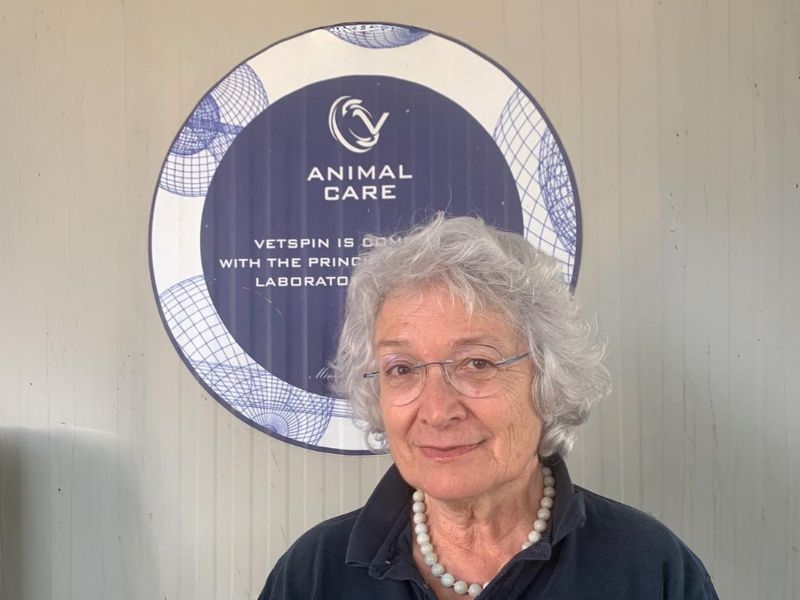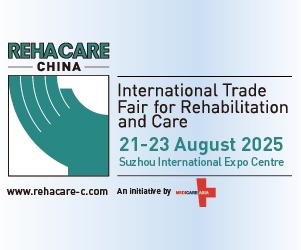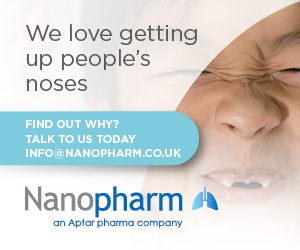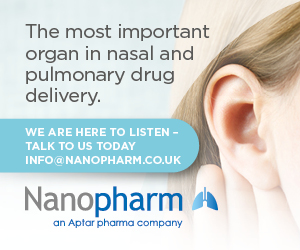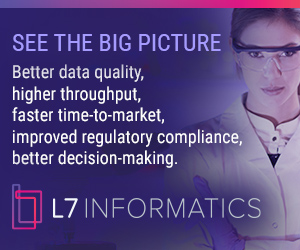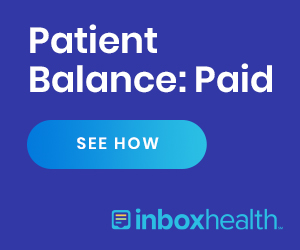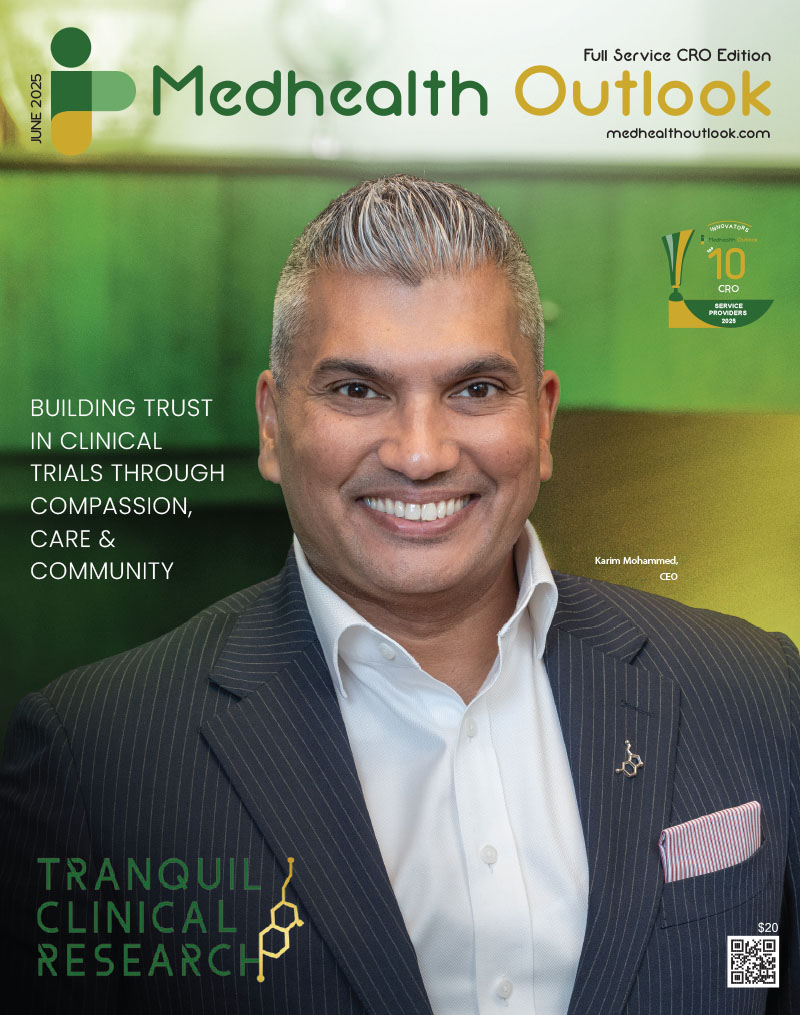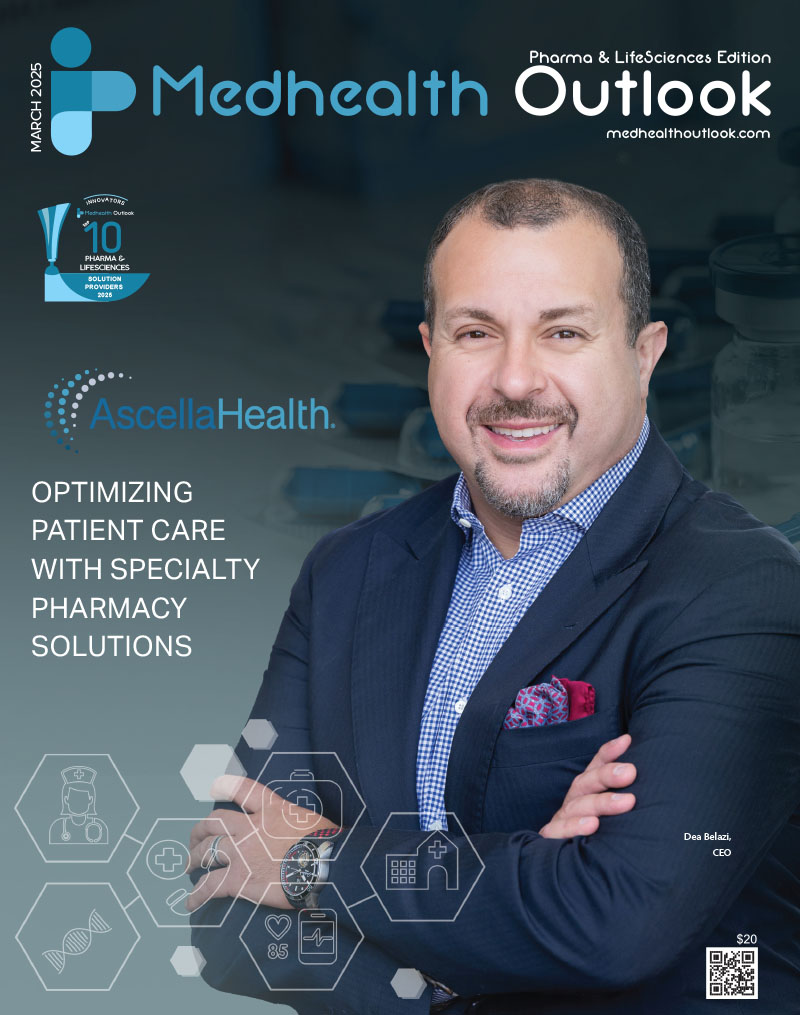Vetspin is an Italian CRO born in 2004 as a spinoff of the Faculty of Veterinary Medicine of the University of Bologna. Technology transfer from academic and the skills of experienced and just graduated people built the organization. The GLP came very soon, in 2006, and in the years the activity ranged from safety to efficacy, from drugs to vaccines and additives with the focus only on animals for food production. This last is the main feature of Vetspin, which was built with the aim to improve in Italy the work on food safety. Now, after celebrating the 20 years of activity last year, we’re starting for the next 20 years with the same strength and a new team where the experienced people is working together with young researches and technicians, all of them very passioned with their work.
In recent years, the Contract Research Organization (CRO) landscape in veterinary pharmaceuticals has undergone a quiet but profound transformation. As the demand for high-quality veterinary therapeutics continues to grow—driven by increasing livestock productivity needs, regulatory tightening, and pet humanization—CROs are adapting rapidly. The future of the sector is not merely about providing outsourced services; it’s about offering strategic, integrated solutions that align with global scientific and regulatory shifts.
- Integrated and Multidisciplinary Approaches
Historically, many CROs operated in silos, focusing on either preclinical, clinical, or laboratory services. Today, a more integrated approach is emerging. Sponsors are increasingly seeking CROs that can provide full-spectrum support—from in vitro assays and pharmacokinetics to field trials and post-market surveillance.
This shift is largely in response to regulatory authorities like the EMA and FDA encouraging more comprehensive evidence across the drug development lifecycle. In response, CROs are blending disciplines such as pharmacology, microbiology, and toxicology with real-world data analytics, biometrics, and digital monitoring tools to deliver a holistic view of product efficacy and safety.
- The Growing Influence of One Health
The One Health paradigm—recognizing the interconnectedness of animal, human, and environmental health—is no longer a theoretical framework. It is actively shaping research priorities and protocols in veterinary CROs. This approach is especially relevant for zoonotic diseases, antimicrobial resistance (AMR), and food safety.
Veterinary CROs are now involved in more complex, collaborative studies that examine the ripple effects of veterinary interventions on public health. For example, antimicrobial stewardship studies not only assess the efficacy of alternatives to antibiotics in livestock but also their downstream effects on microbial ecosystems and resistance patterns.
- Regulatory Complexity and Globalization
Veterinary product developers are increasingly targeting multiple international markets, which brings a web of diverse regulatory expectations. CROs are being tasked with designing studies that meet both EU and North American standards—or even those of emerging markets in Asia and Latin America.
Keeping pace with these evolving requirements has made regulatory intelligence and adaptive study design critical components of CRO services. Trends like mutual recognition agreements and digital regulatory submissions (eCTD formats, for example) are also pushing CROs to invest in compliance systems and cross-border project management expertise.
- Digital Transformation and Real-Time Data Collection
Digital technologies are revolutionizing how veterinary research is conducted. Wearable sensors, remote monitoring tools, and digital health records are enabling real-time data collection in both lab and field settings. These tools not only enhance animal welfare by reducing stress during observations but also improve data accuracy and granularity.
Moreover, advanced analytics and AI-driven platforms are beginning to assist in predictive modeling, protocol optimization, and even early detection of adverse events. As the cost of digital infrastructure drops, these innovations are becoming more accessible to mid-sized CROs as well.
- Talent and Training Challenges
The growing complexity of veterinary research has exposed a talent gap. There is a rising need for professionals who understand both scientific and regulatory frameworks, can work across species, and are proficient in data analysis and digital tools.
To address this, some CROs are partnering with universities and veterinary schools to build tailored training pipelines. Others are investing in upskilling programs for in-house teams, with a focus on interdisciplinary competencies. In a field where human capital is a key differentiator, this trend is likely to continue.
- Sustainability and Ethical Considerations
Ethical research practices and sustainability are becoming defining values in how CROs operate. This includes refining animal welfare protocols, reducing the environmental impact of field trials, and applying the 3Rs (Replacement, Reduction, Refinement) in animal studies.
Clients are increasingly selecting partners based not just on cost or speed but on ethical alignment. As sustainability metrics become more formalized, CROs are adapting both operations and study designs to meet these evolving expectations.
Conclusion
Veterinary CROs today stand at the crossroads of science, policy, and ethics. Navigating this complex terrain requires agility, collaboration, and a commitment to continuous learning. Those organizations that can combine technical excellence with systems thinking are poised to become the true partners of innovation in animal health. As the sector matures, the role of CROs is shifting from executional support to strategic enablers of global veterinary progress.




